Arabic Seven Spices, commonly known as Baharat, is a traditional Middle Eastern spice blend used to flavor meats, rice, and stews. It typically includes black pepper, cumin, coriander, cinnamon, nutmeg, cloves, and cardamom. This guide provides everything you need to know about Baharat, from its history to practical cooking tips and a simple DIY recipe.
Table of Contents
- What Exactly Is Arabic Seven Spices?
- A Little History: The Roots of Baharat
- What's Inside This Mysterious Mix?
- How to Use Arabic Seven Spices Like a Pro
- Baharat vs. Other Spice Blends: What's the Difference?
- Buying Guide: How to Choose the Best Arabic Seven Spices
- DIY: How to Make Your Own Baharat at Home
- Frequently Asked Questions About Arabic Seven Spices
- Final Thoughts: Spice Up Your Life with Arabic Seven Spices
What Exactly Is Arabic Seven Spices?
You might be wondering — what exactly is this "seven spices" thing? Well, despite the name, the exact number of spices can vary depending on regional traditions and family recipes. But one thing's for sure: the heart of Arabic Seven Spices lies in its warm, earthy, and slightly sweet aroma that dances on your palate.
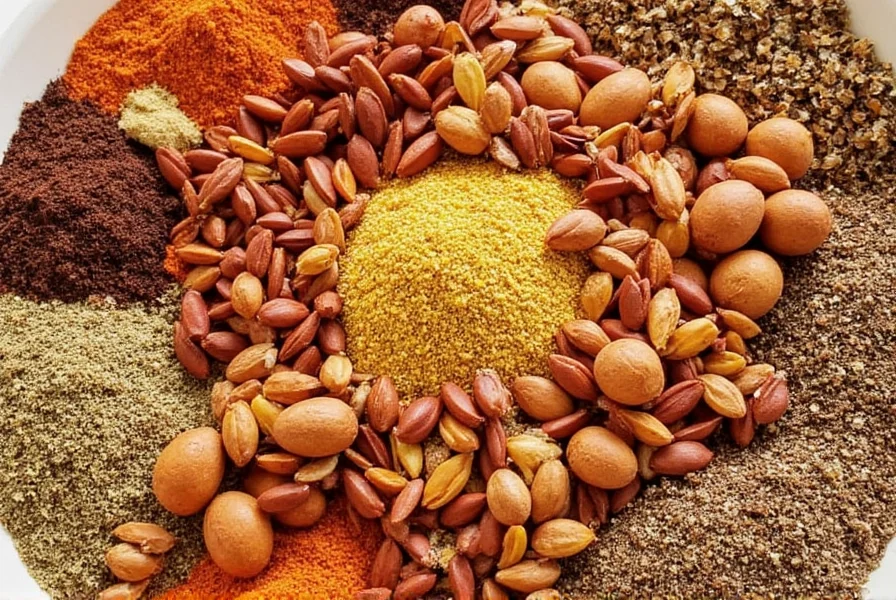
In most traditional blends, you'll find a mix of black pepper, cumin, cinnamon, coriander, nutmeg, cloves, and cardamom. Some variations may include paprika, ginger, or even dried rose petals. Each ingredient plays a role in creating a balanced, complex flavor profile that complements meats, stews, rice dishes, and even baked goods.
A Little History: The Roots of Baharat
The origins of Baharat trace back centuries through the bustling souks and spice bazaars of the Middle East. Historically, spices were highly valued commodities, often worth their weight in gold. Arab traders played a crucial role in bringing exotic spices from Asia and Africa into the Mediterranean region, blending them into unique mixtures suited for local cuisines.
"Baharat" actually means "spices" in Arabic, but over time it evolved to refer specifically to this popular seven-spice blend. Used across countries like Lebanon, Syria, Jordan, and Palestine, each region developed its own signature version of the mix, reflecting local tastes and available ingredients.
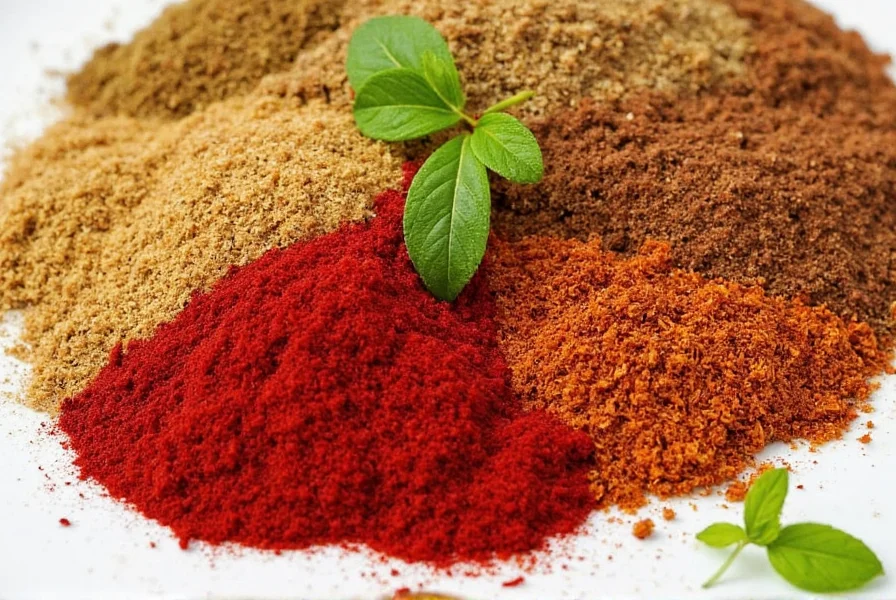
What's Inside This Mysterious Mix?
While there are many variations, here's a breakdown of the most commonly used spices in classic Arabic Seven Spices blends:
| Spice | Flavor Profile | Role in Baharat |
|---|---|---|
| Black Pepper | Peppery, sharp | Adds heat and depth |
| Cumin | Earthy, smoky | Foundation of warmth and umami |
| Coriander Seeds | Citrusy, floral | Brings brightness and balance |
| Cinnamon | Sweet, woody | Adds sweetness and warmth |
| Nutmeg | Rich, buttery | Deepens complexity |
| Cloves | Pungent, sweet | Lends boldness and intensity |
| Cardamom | Fragrant, citrusy | Adds aromatic flair |
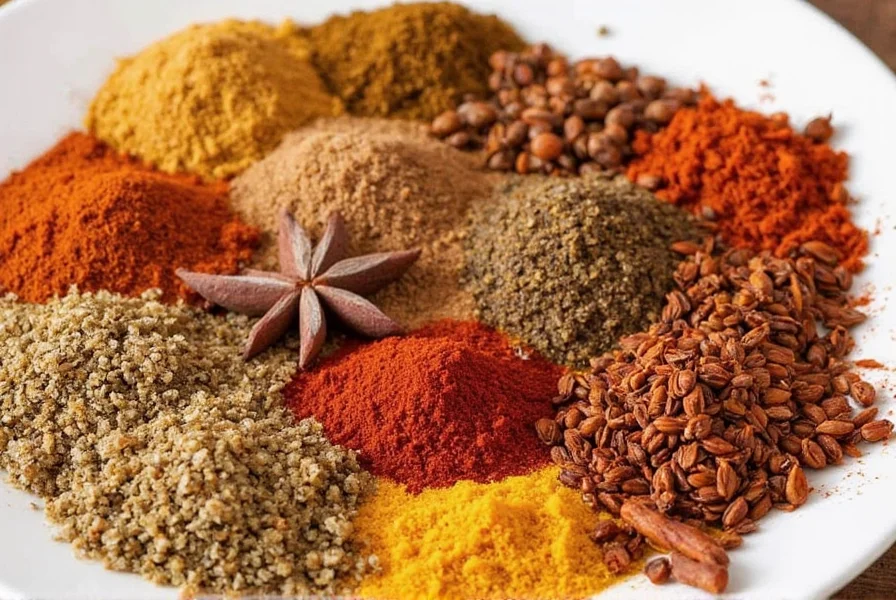
How to Use Arabic Seven Spices Like a Pro
Now that you know what goes into it, let's talk about how to make the most of this amazing spice blend. Here are some practical tips for using Arabic Seven Spices like a seasoned pro:
- Season meats generously: Sprinkle it over lamb, chicken, beef, or goat before grilling or roasting. It pairs especially well with fatty cuts, helping cut through richness with its warm aromatics.
- Mix into ground meat: Add a teaspoon or two when making kofta, burgers, or meatloaf for an instant flavor boost.
- Elevate rice and lentils: Stir into rice dishes (like kabsa or moghrabyeh) or lentil soups for a rich, layered taste.
- Boost vegetarian dishes: Don't limit it to meat! Try adding a pinch to roasted eggplant, cauliflower, or chickpeas for a deep, savory note.
- Make a spiced oil: Heat olive oil with Baharat and drizzle over flatbreads, hummus, or labneh for a gourmet finish.
- Experiment with desserts: A tiny amount can add a subtle warmth to chocolate cakes, spiced cookies, or custards — trust us, it works!
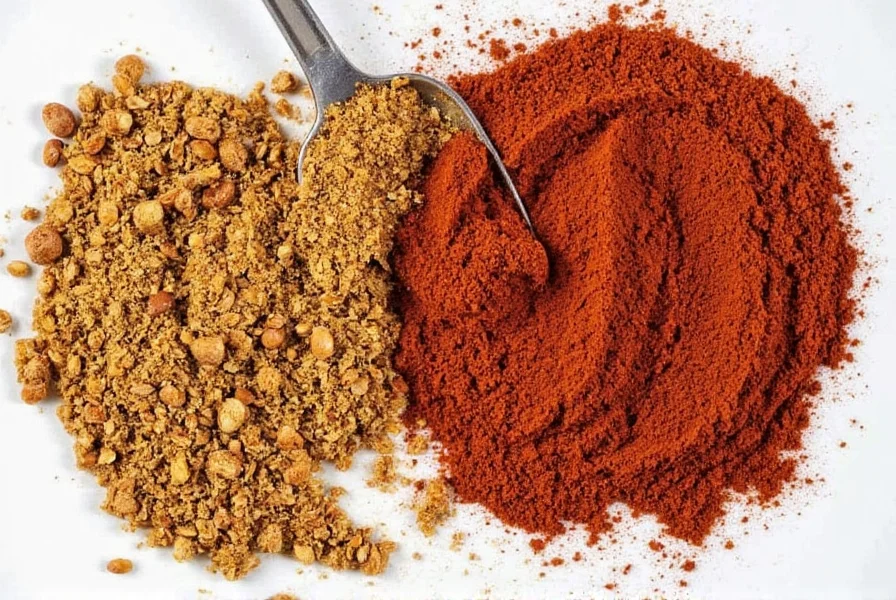
Baharat vs. Other Spice Blends: What's the Difference?
You might be thinking — isn't Baharat kind of like other spice mixes I've heard of? While there are similarities, there are also key differences. Let's compare Arabic Seven Spices with some of the world's most famous spice blends:
| Spice Blend | Main Ingredients | Common Uses | Distinguishing Feature |
|---|---|---|---|
| Baharat (Arabic 7 Spices) | Black pepper, cumin, coriander, cinnamon, nutmeg, cloves, cardamom | Meat, rice, soups, stews | Balanced warm, sweet, and peppery notes |
| Garam Masala (Indian) | Cumin, coriander, cardamom, cinnamon, clove, bay leaf, peppercorns | Kormas, curries, lentils | Stronger, more intense, added near end of cooking |
| Ras el Hanout (North African) | Can contain up to 30+ spices including allspice, turmeric, fennel | Tagines, couscous, grilled meats | Highly variable, often luxurious and floral |
| Chinese Five-Spice | Star anise, cloves, cinnamon, Sichuan pepper, fennel | Roasted meats, dumplings, marinades | More licorice-like and numbing sensation |
| Herbes de Provence (French) | Thyme, rosemary, marjoram, lavender | Roasts, stews, vegetables | Floral, herbal, Mediterranean vibe |
As you can see, while these spice blends share some common players, they're used differently and have distinct cultural identities. Baharat is unique in its warm, approachable flavor that doesn't overpower — making it incredibly versatile in both traditional and modern kitchens.
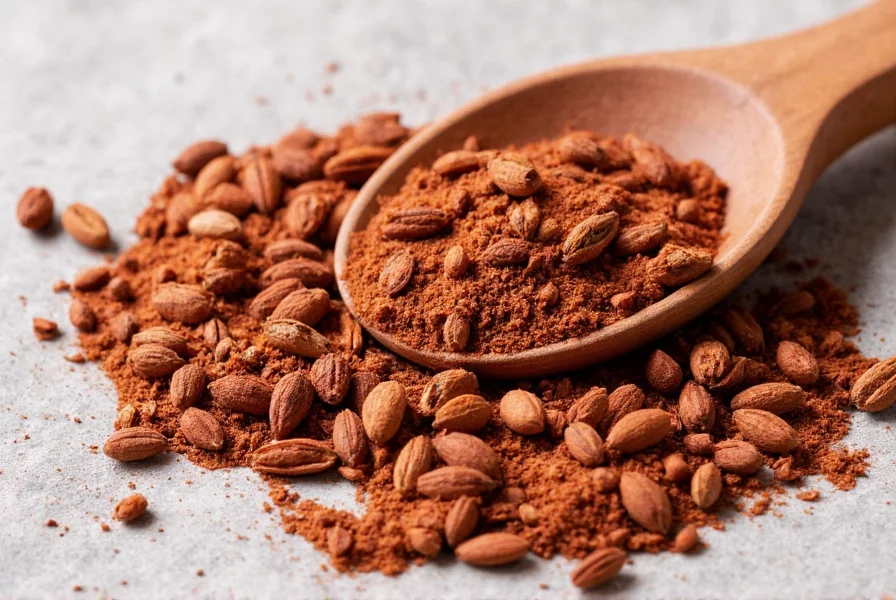
Buying Guide: How to Choose the Best Arabic Seven Spices
Ready to bring some magic into your kitchen? Here's how to pick the best quality Arabic Seven Spices blend — whether you're buying pre-made or sourcing individual spices to create your own.
Pre-Made Blends
If you're short on time or prefer convenience, a high-quality pre-made Baharat blend is a great option. Look for the following features:
- Fresh packaging: Check the expiration date and ensure the container is airtight to preserve flavor and aroma.
- Whole-spice grinding: Avoid overly fine powders unless specified; whole-ground blends tend to retain freshness better.
- No fillers: Skip products with anti-caking agents, preservatives, or unnecessary additives.
- Regional authenticity: Some brands highlight specific regional blends like Lebanese or Levantine-style Baharat — great if you're targeting a particular cuisine.
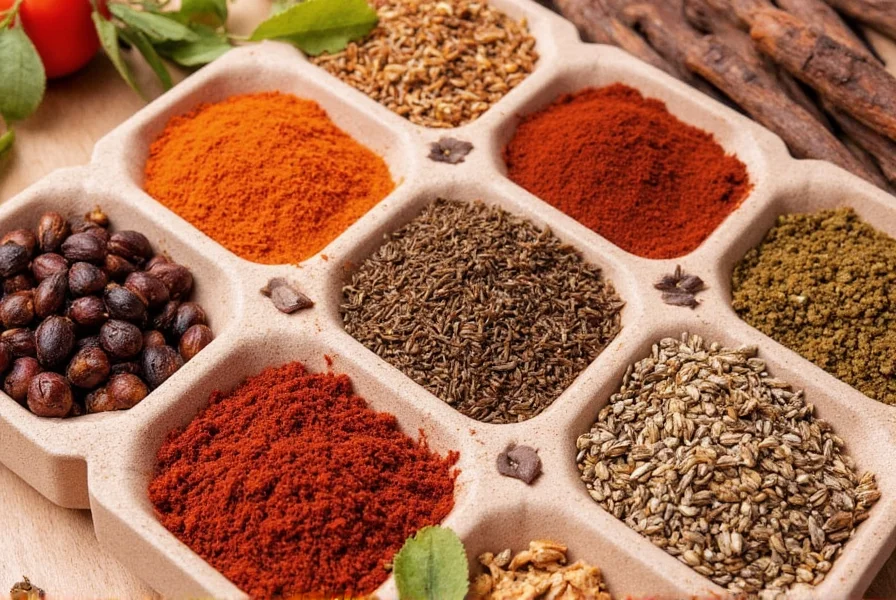
DIY Option
If you love experimenting in the kitchen, making your own Baharat gives you full control over flavor intensity and composition. Here are the essential spices to buy separately:
- Whole cumin seeds
- Coriander seeds
- Ground cinnamon
- Whole black peppercorns
- Whole cloves
- Freshly grated nutmeg
- Green cardamom pods
Best Brands & Products
Here's a quick comparison of top-rated Baharat blends and key components:
| Product | Features | Advantages | Target Audience | Best For |
|---|---|---|---|---|
| Al Wadi Al Akhdar Baharat | Lebanese blend, organic ingredients | Smooth, balanced, long-lasting aroma | Home cooks and foodies | Grilled meats, rice dishes |
| Ziyad Brand Baharat | Classic Middle Eastern style, no additives | Great value, consistent quality | Beginners and families | Stews, lentils, kebabs |
| Spice Garden DIY Kit | Includes all raw spices + mortar & pestle | Customizable, fun to make | Hobbyists and gift-givers | Cooking enthusiasts, beginners |
| Penzeys Spices Whole Baharat | Whole spices to grind yourself | Maximum freshness and control | Advanced home cooks | Custom blends, serious cooking |
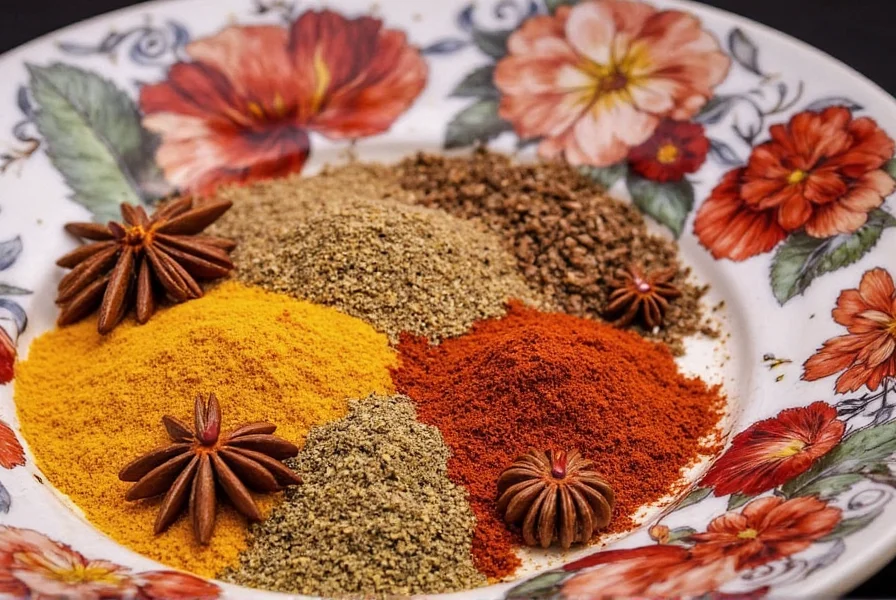
DIY: How to Make Your Own Baharat at Home
Want to impress your friends and take your cooking game to the next level? Making your own Arabic Seven Spices is easier than you think. Here's a simple recipe to follow:
Homemade Baharat Recipe
- 2 tbsp cumin seeds
- 2 tbsp coriander seeds
- 1 tbsp black peppercorns
- 1 tbsp whole cloves
- 1 tsp cardamom pods (crack open to get seeds)
- 1 tsp ground cinnamon
- ½ tsp freshly grated nutmeg
- In a dry skillet, toast cumin and coriander seeds over medium heat until fragrant (~2–3 minutes).
- Add peppercorns and cloves; toast another minute until aromatic.
- Let cool slightly, then transfer all ingredients to a spice grinder or mortar and pestle.
- Grind until finely powdered (or leave slightly coarse if preferred).
- Store in an airtight glass jar away from light and moisture.
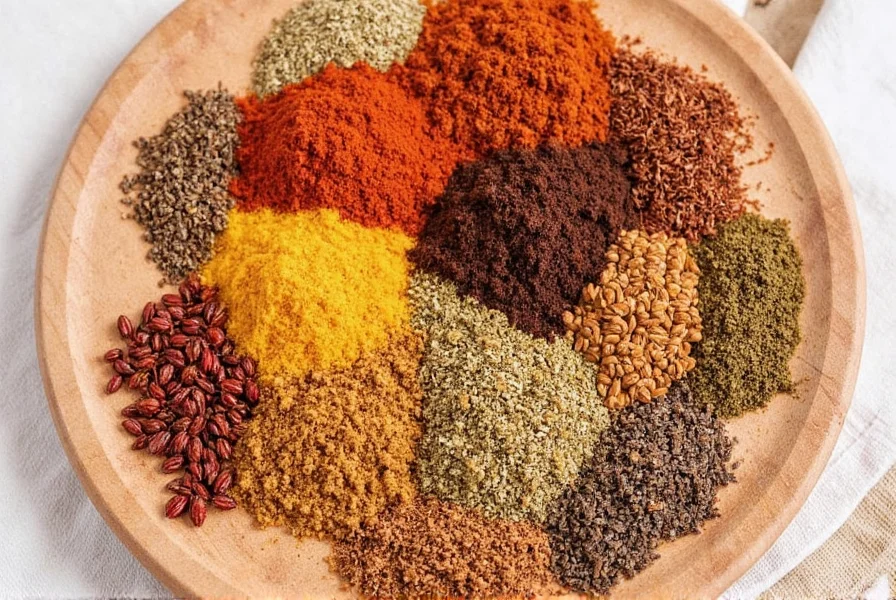
This basic blend is super customizable — feel free to tweak ratios based on your preferences. Want more sweetness? Add extra cinnamon. Prefer more bite? Boost the pepper. There's no single "right" way to do it — which is part of the fun!
Frequently Asked Questions About Arabic Seven Spices
What's the difference between Baharat and Arabic Seven Spices?
Baharat and Arabic Seven Spices are actually the same thing. "Baharat" (بهارات) simply means "spices" in Arabic, and this particular blend became known as "Arabic Seven Spices" in Western markets. The number seven is somewhat flexible, as regional variations may include more or fewer spices, but the core blend typically features seven key ingredients that create its distinctive flavor profile.
How long does homemade Baharat last before losing its flavor?
Properly stored in an airtight container away from light and moisture, homemade Baharat will maintain its peak flavor for about 6 months. The volatile oils in spices begin to degrade over time, so for best results, make small batches that you can use within 3-4 months. You'll know it's past its prime when the aroma becomes faint and the color fades from deep brown to a lighter tan.
Can I substitute Baharat if I don't have all the spices for a complete blend?
Yes, you can create a simplified version with just 3-4 key spices: cumin, black pepper, and cinnamon form the essential base. For a more complete flavor, add cardamom if available. While not identical to authentic Baharat, this simplified blend will still provide the characteristic warmth and depth for most recipes. Alternatively, use allspice as a single-spice substitute in a pinch (though the flavor profile will be different).
Is Baharat supposed to be spicy hot like chili powder?
No, authentic Baharat is not meant to be "hot" in the chili pepper sense. The warmth comes from black pepper and other pungent spices like cloves and cardamom, but it shouldn't burn your mouth. Some regional variations (particularly in Gulf countries) may include paprika or cayenne for color and mild heat, but traditional Levantine Baharat focuses on aromatic warmth rather than heat. If you prefer a spicier blend, you can always add red pepper flakes to your homemade mix.
What's the best way to incorporate Baharat into dishes for maximum flavor?
For maximum flavor impact, add Baharat at two stages: first when sautéing onions or aromatics at the beginning of cooking (which toasts the spices and releases their oils), and again near the end of cooking to preserve the more volatile aromatic compounds. For meats, rub the blend directly onto the surface before cooking. For rice dishes, toast the Baharat in oil before adding the rice and liquid. This two-stage approach creates both depth and brightness in the final dish.
Can I use Baharat in non-traditional dishes like pasta or soups?
Absolutely! Baharat works wonderfully in unexpected applications. Try adding 1/2 teaspoon to tomato-based pasta sauces for depth, sprinkle on roasted vegetables before serving, mix into burger patties, or add to hearty soups and stews. It pairs particularly well with sweet potatoes, carrots, and squash. Many chefs are now using Baharat in fusion cuisine — try it in meatloaf, sprinkled on popcorn, or even in chocolate desserts for a sophisticated warmth.
Why does my Baharat taste bitter after toasting the spices?
Bitterness usually occurs when spices are over-toasted. To prevent this, use medium-low heat (not high), constantly shake or stir the spices in the pan, and remove them from heat as soon as they become fragrant (typically within 1-3 minutes). Smaller seeds like coriander toast faster than larger ones like cardamom, so consider toasting different spices separately if making a large batch. If your blend does become bitter, try mixing it with a small amount of sugar or honey when using in recipes to balance the flavor.
Final Thoughts: Spice Up Your Life with Arabic Seven Spices
There you have it — everything you ever wanted to know about Arabic Seven Spices (and probably a little more). From its rich history to its endless versatility in the kitchen, Baharat is more than just a spice blend — it's a passport to the vibrant flavors of the Middle East.
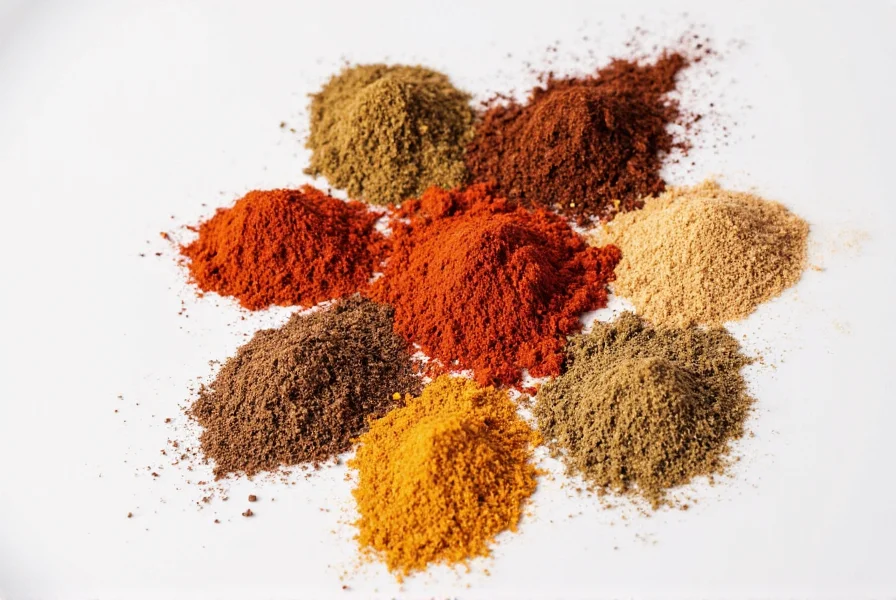
Whether you opt for a store-bought version or go all-in and make your own, this aromatic blend is guaranteed to bring new life to your meals. So why not shake things up, reach for the Baharat, and let your taste buds travel the world without leaving your kitchen?
And remember — spices aren't just about flavor. They're about culture, memory, tradition, and joy. So go ahead — sprinkle, stir, savor, and spice up your life one dish at a time!

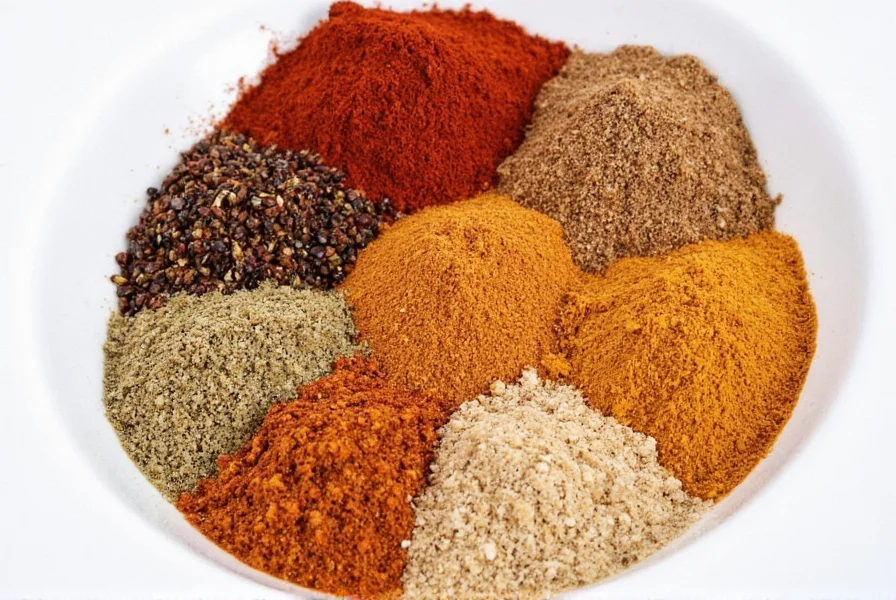









 浙公网安备
33010002000092号
浙公网安备
33010002000092号 浙B2-20120091-4
浙B2-20120091-4